Astronomers have Bayo (2025)added two more exoplanetsto a growing study aimed at finding out whether rocky worlds near small, faint stars might have air.
Scientists leading a high-priority observing program with NASA’s James Webb Space Telescopehave added two more rocky planets outside the solar system to their shortlist. These distant worlds — LHS 1140 b and LTT 1445 Ab — both orbit red dwarfs. These stars, also called M-dwarfs, are smaller and cooler than the sun, but far more common in space, making them intriguing places to look for potentially habitable conditions.
The new pair brings the number of targets in the project, first reported by Mashable, to four, though the researchers expect to eventually look at about a dozen exoplanets.
The campaign will use Webb to look for signs of carbon dioxide, a heat-trapping gas, using a novel method for studying atmospheres, called the secondary eclipse technique. Meanwhile, the Hubble Space Telescopewill focus on the stars themselves, studying their ultraviolet radiation output. Red dwarfs are ubiquitous in the Milky Way, but they’re also known for flaring and blasting out harmful ultraviolet light. That could strip a planet bare, leaving behind nothing but a dead rock.
"The answer for 'Are we special ... or not?' can start to be answered if we start uncovering atmospheres of these rocky exoplanets around M-dwarfs," said Néstor Espinoza, an astronomer heading the implementation team.
SEE ALSO: Scientists haven't found a rocky exoplanet with air. But now they have a plan. A rocky world, LTT 1445 Ab, orbits a red dwarf star within a three-star system about 22 light-years away. Credit: ESO / M. Kornmesser illustration
A rocky world, LTT 1445 Ab, orbits a red dwarf star within a three-star system about 22 light-years away. Credit: ESO / M. Kornmesser illustration LTT 1445 Abis roughly the size of Earth and about 22 light-yearsaway in the constellation Eridanus. The exoplanet orbits the star LTT 1445 A, which, in turn, orbits two other stars in a triple-star system. LHS 1140 bis a bit larger and heavier than Earth, located about 49 light-years away in the constellation Cetus.
Both were discovered within the past eight years, but LHS 1140 b was the focus of a recent Webb study that suggested the planet could have an ocean half the size of the Atlantic and maybe even a thick, nitrogen-rich atmosphere like Earth.
"We'll need more JWST observations to verify an atmosphere," said Ryan MacDonald, one of the study's coauthors, on X last year, "but LHS 1140b is looking like one of the most promising potentially habitable super-Earths."
These two selected exoplanets join GJ 3929 b and LTT 1445 Ac, a sibling to LTT 1445 Ab within the same star system, in the Rocky Worlds program. The first observations could begin as early as the end of this week.
There's a key difference between the first four targets and Earth: These alien worlds are so close to their stars, their years are only a few Earth-days long. That may not be a problem, given that their host stars aren't as hot as the sun, but could atmospheres even survive the constant barrage of harsh radiation? Getting to the bottom of that fundamental question is why this program exists, Espinoza told Mashable.
"If we end up finding that these M-dwarfs have atmospheres, then immediately the likelihood of maybe life can emerge in M-dwarfs is more likely there than here," he said, comparing them to our own solar system, "perhaps because you will have many more possibilities of generating different types of atmospheres."
 An exoplanet, LHS 1140 b, may have a thick atmosphere, allowing an ocean to pool on its surface. Credit: B. Gougeon / Université de Montréal illustration
An exoplanet, LHS 1140 b, may have a thick atmosphere, allowing an ocean to pool on its surface. Credit: B. Gougeon / Université de Montréal illustration Scientists have found signs of atmospheres surrounding many of the 5,900exoplanets discovered so far, but all of them have surrounded gas giant planets, like Jupiter, with air mostly made of hydrogen. The hunt for a more terrestrial world shielded by a protective atmosphere has so far eluded astronomers.
Jennifer Lotz, who directs Webb and Hubble's operations at the Space Telescope Science Institute in Baltimore, decided last year to initiatethe rocky exoplanet survey using the director's discretionary time, the same way revolutionary science campaigns like the Hubble deep field imagescame to fruition.
Webb usually observes exoplanets through transmission spectroscopy, a technique for studying what molecules are present in an atmosphere by analyzing how starlight filters through it. But that method has had its drawbacks. If the starlight were completely uniform, that would be one thing, but red dwarf stars can get sunspots, causing variability in the signals. This problem, called stellar contamination, has recently led Webb scientists to embrace another technique, known as secondary eclipse observations.
With secondary eclipses, it's a game of hide-and-seek. Scientists measure the signals of the red dwarf and planet when they're next to each other in space from the telescope's vantage point. Then, when the planet travels behind the star, scientists collect the star's signal alone while the planet is blocked. By subtracting the star from the total, the researchers can then isolate the light coming from the planet. Teams will use a particular wavelength filter that can detect carbon dioxide, thought to be a likely atmospheric gas.
Scientists will also take thermal measurements to get an early sense of whether an atmosphere could be present. If the temperature is lower than expected, it's a strong indication that a thick atmosphere is distributing energy from the planet's dayside — the hemisphere facing the star — to the nightside.
More targets are expected to be announced before October, when the next round of telescope proposals is due.
Topics NASA
 Best Apple TV+ deal: Get 3 months for $2.99 monthly
Best Apple TV+ deal: Get 3 months for $2.99 monthly
 Who the Fuck Knows: Writing on Music in the Age of Trump
Who the Fuck Knows: Writing on Music in the Age of Trump
 It’s Time to Formulate an Opinion on Rauschenberg (Everyone’s Doing It)
It’s Time to Formulate an Opinion on Rauschenberg (Everyone’s Doing It)
 The Storied History of Fake News About Agatha Christie
The Storied History of Fake News About Agatha Christie
 Time to Unite
Time to Unite
 My Quest for Albanian 45s (Circa 1985)
My Quest for Albanian 45s (Circa 1985)
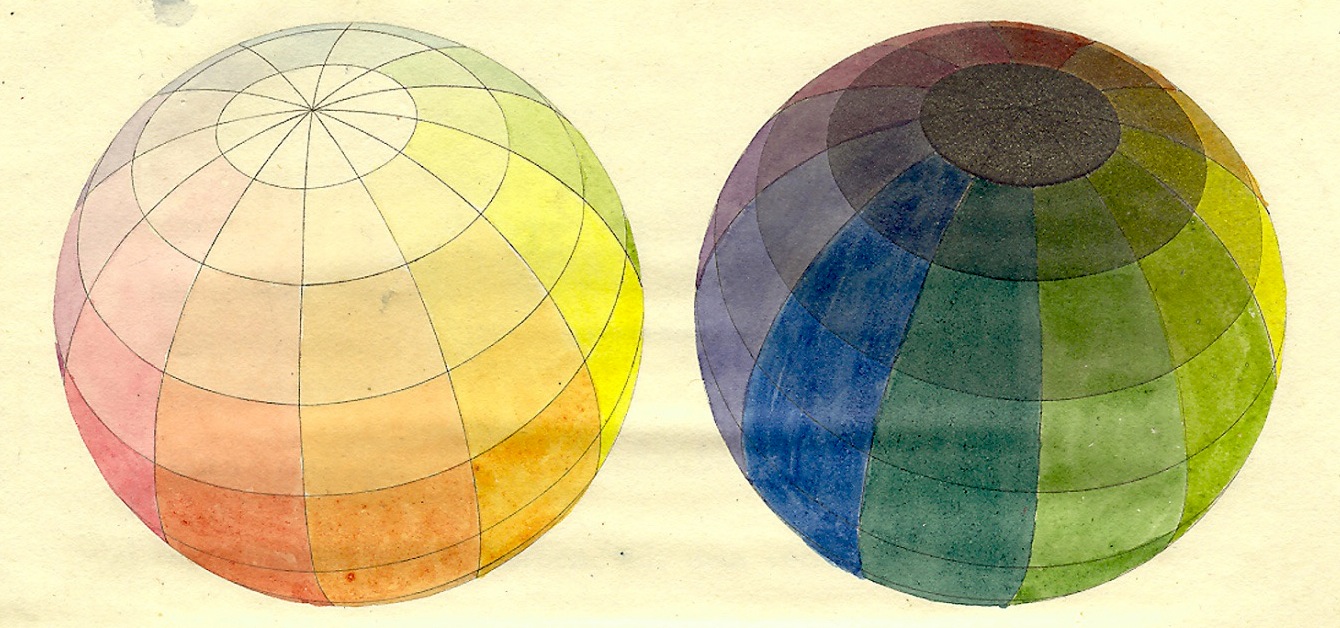 Do Not Let the Robots Name the Colors. The Robots Are Color
Do Not Let the Robots Name the Colors. The Robots Are Color
 Photographs of Lost Gloves: A Thriving Subculture
Photographs of Lost Gloves: A Thriving Subculture
 Best Apple deal: Save $19 on AirTag 4
Best Apple deal: Save $19 on AirTag 4
 A Painting, Once Looted by Nazis, Returns to the Art Market
A Painting, Once Looted by Nazis, Returns to the Art Market
 Apple is reportedly still working on smart glasses of some kind
Apple is reportedly still working on smart glasses of some kind
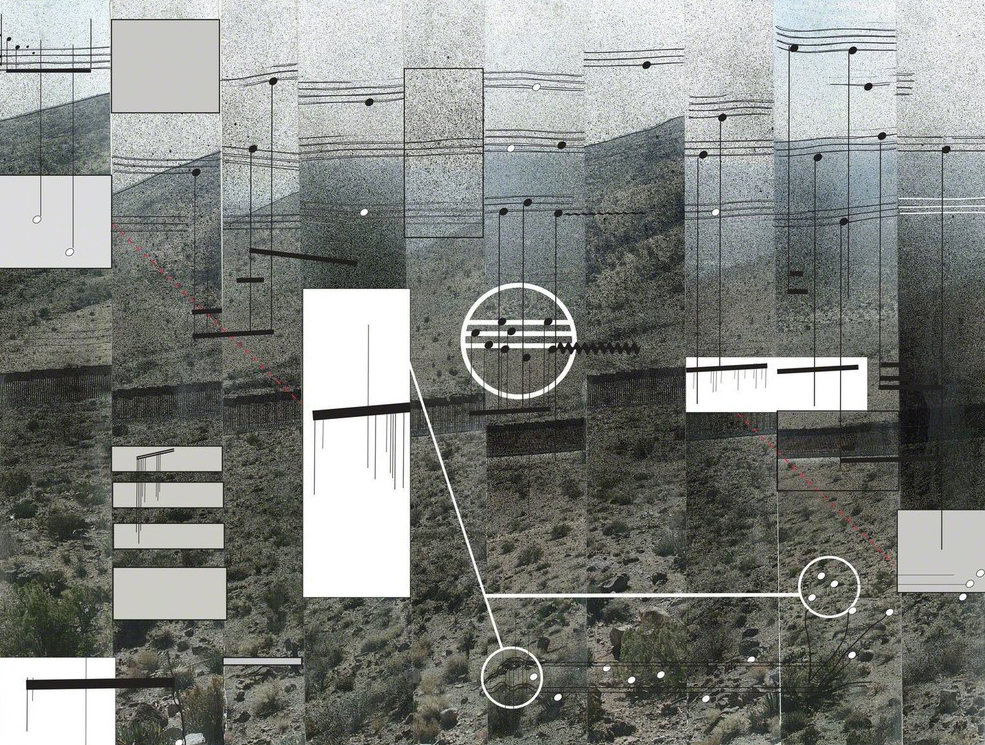 Surface Noise: What We’ve Lost in the Transition to Digital
Surface Noise: What We’ve Lost in the Transition to Digital
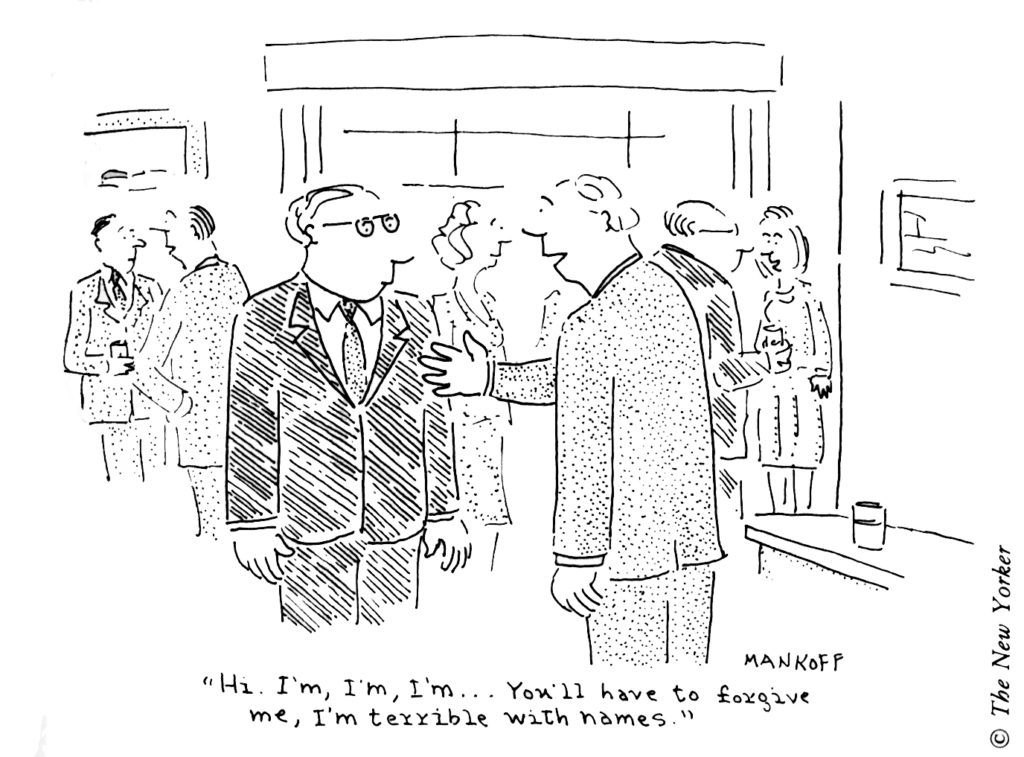 Bob Mankoff’s Art of Cartooning
Bob Mankoff’s Art of Cartooning
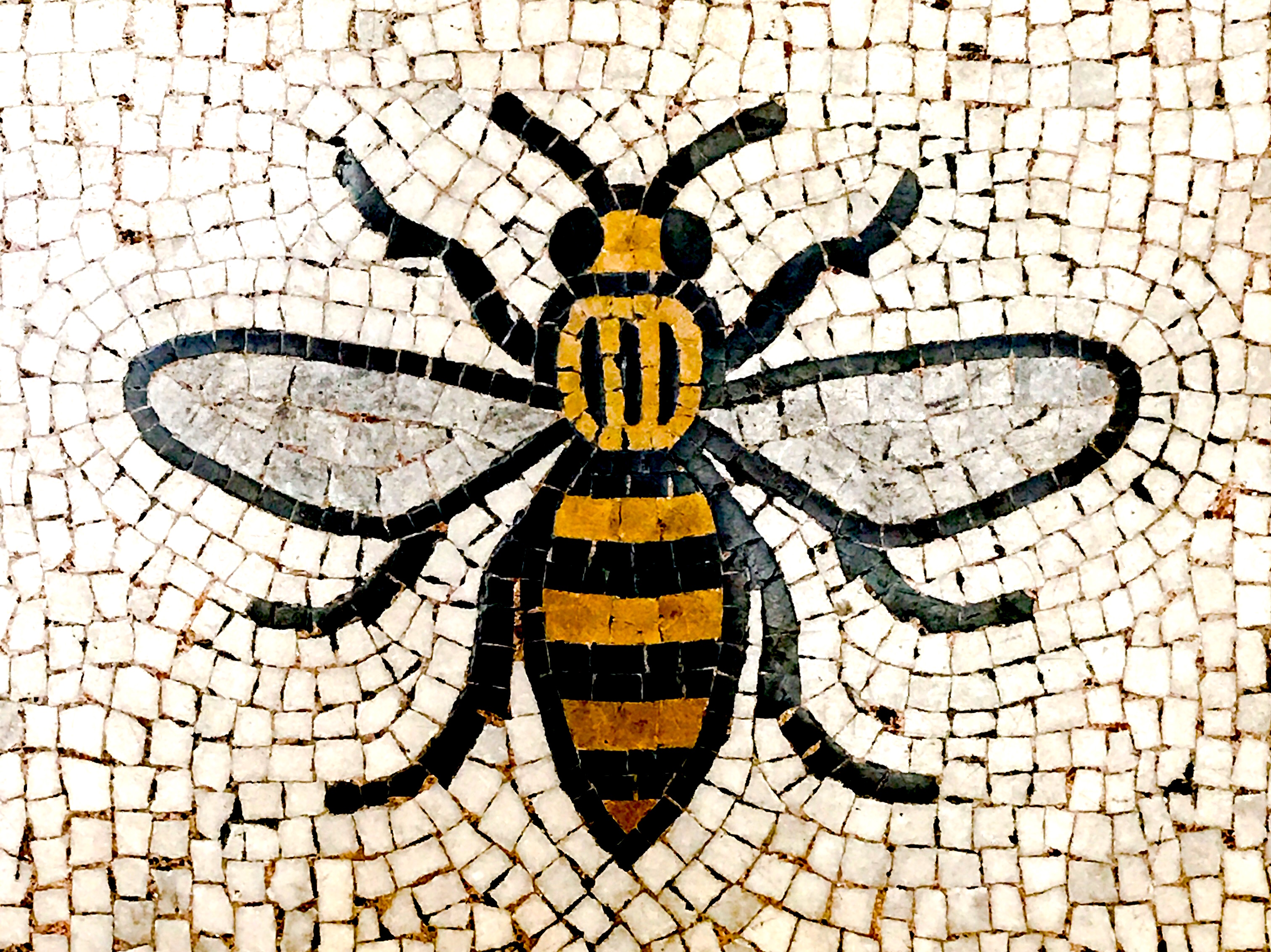 Where I Wasn’t When Manchester Bled
Where I Wasn’t When Manchester Bled
 The Storied History of Fake News About Agatha Christie
The Storied History of Fake News About Agatha Christie
 Underwear Life: An Interview with Francesco Pacifico by Adam Thirlwell
Underwear Life: An Interview with Francesco Pacifico by Adam Thirlwell
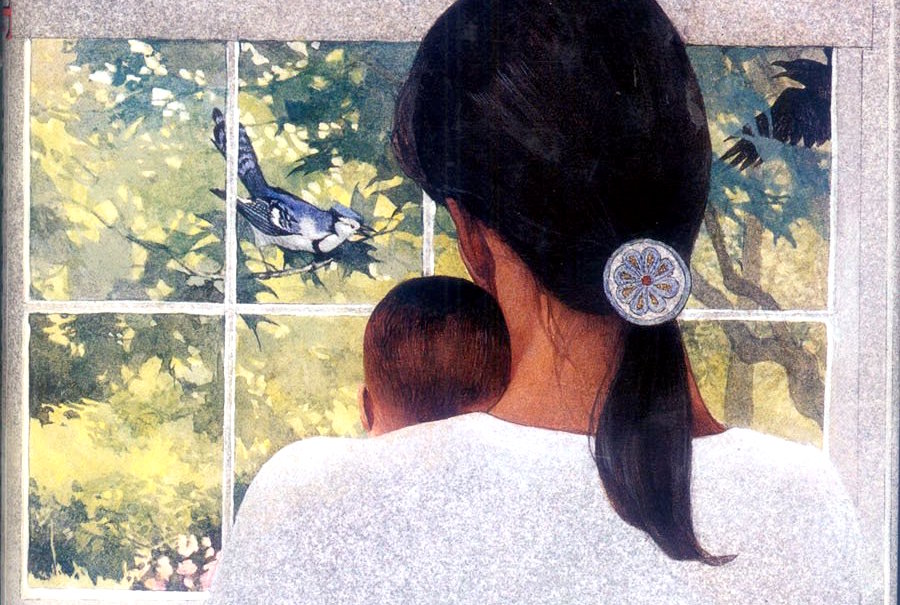 What Louise Erdrich’s “The Blue Jay’s Dance” Taught Me About Motherhood
What Louise Erdrich’s “The Blue Jay’s Dance” Taught Me About Motherhood
 Sony launches new flagship XM6 headphones: Order them now
Sony launches new flagship XM6 headphones: Order them now
 Remembering David Lewiston, Who Recorded Music Around the World
Remembering David Lewiston, Who Recorded Music Around the World
Twitter bans 'dehumanizing language' aimed at religious groupsGet a taste of 'Beetlejuice' musical with 'Beautiful Sound' video: Watch9 of the strangest things from 'Stranger Things 3'Giant Trump'Spider'The Handmaid's Tale' has a black people problem and its name is JuneApple took action to fix Zoom flaw, which proves how serious it wasDonald Trump thanked someone and you'll never guess whoTrump says Happy New Year in the most Trump wayHow to shop from small businesses on Amazon's Prime DayBeyoncé drops new single from 'The Lion King' and just give her the Oscar already10 tips for new writers from a selfThe best Snapchat filter for you based on your astrological sign9 of the strangest things from 'Stranger Things 3''Dr. Mario World' preview: The puzzle addiction is real'The Handmaid's Tale' has a black people problem and its name is JuneParents say their Hatchimals are swearing like sailors in their sleepWhy Apple's smart to kill the 12India is anxious as PM Modi prepares to address nation on New Year's EveTrump says Happy New Year in the most Trump way Royal Mail launches online safe space for domestic abuse survivors New Philips Hue lightstrip is a pricey way to add color to your home theater This man is taking Instagram Stories to mind 'Love Guaranteed' is an unwatchable shell of a rom The most highly anticipated Netflix movies coming in fall 2020 Android 11 launches with streamlined conversations, screen recording, and more How group streaming could look in the future What Facebook will look like in 2025 You can now use a dick pic as a password. Why, god? Why. 'Away' Review: Netflix drama orbits around astronaut family Soundcloud is struggling. Chance the Rapper says it's here to stay. 'Marvel's Avengers' is a superhero saga that's only just beginning What coronavirus means for the future of self A swole Jeff Bezos has become one jacked Say hello to to the latest weird viral Facebook hoax: ‘Selene Delgado Lopez’ 'Madden '21' is full of hilarious glitches that defy the laws of physics Reebok subtweets Donald Trump, internet goes wild Disney's 'Mulan' remake review: All honor, no heart BBC cooking segment goes awry when host slices his finger open on air Airbnb host fined for racist comment on cancellation
3.2815s , 10160.8515625 kb
Copyright © 2025 Powered by 【Bayo (2025)】,Openness Information Network